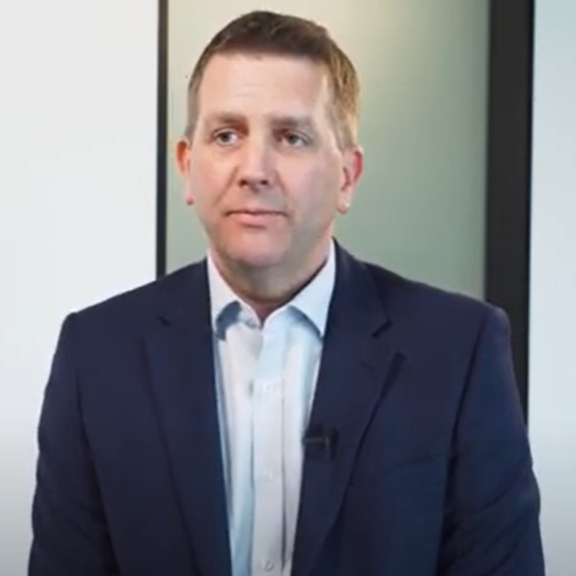Shoulder replacement surgery
A shoulder replacement is a surgical procedure to treat your shoulder joint if it’s been damaged or worn away, usually by arthritis or injury. Your shoulder is made up of three joints, which work together to help it move. The largest of these is a ball and socket joint. The “ball” is formed by the top of your upper arm bone, which glides around on a “socket”, which is part of your shoulder blade.
During shoulder surgery, a metal ball on a stem is inserted into your upper arm bone and a plastic surface is fitted onto the socket.
What are the alternatives to shoulder replacement surgery?
Your specialist will usually only recommend that you have a shoulder replacement procedure if other treatments haven’t worked for you. These may include:
- Physiotherapy
- Non-steroidal anti-inflammatory medicines
- Cortisone joint injections
- Shoulder arthroscopy (keyhole surgery)
Types of shoulder replacement
There are several different types of shoulder replacement. Your surgeon will discuss with you what would be the best procedure in your particular circumstances. This will depend on the condition of the muscles around your shoulder, the stability of your shoulder and the strength of your bones.
The three main types of shoulder replacement procedure are described are:
Reverse shoulder replacement: This is the most commonly used shoulder replacement procedure. It gets its name from the fact that the positions of the ball and socket in your joint are switched around. A metal ball is attached to your shoulder blade, where your socket was before. And a new socket is attached to the top of your upper arm, where the ball was before. The new ball and socket each have a stem which, together with special cement, helps anchor them to your bone.
Total shoulder replacement: A total shoulder replacement is the second most common type of shoulder replacement procedure. If you have this type of operation, your surgeon will replace the ball at the top of your upper arm with a new metal ball. They’ll also replace the socket in your shoulder blade with a new socket. These replacements mimic the original structure of your shoulder.
Partial shoulder replacement (hemiarthroplasty): In a partial shoulder replacement, only the ball at the top of your upper arm is replaced. The new metal ball will then move within your existing socket.
Computer-assisted navigation (CAN) systems
OrthTeam consultants are able to offer patients state-of-the-art minimally invasive surgical solutions, as many of our experts are trained in computer-assisted navigation (CAN) systems.
This technique can be active, using robotics, or passive where the surgeon remains in total control, but computer software aids in the procedure (which can be pre-operatively and/or during surgery).
The main aim of CAN is to increase surgical accuracy and therefore, minimise the need for revision surgery. Computer-assisted procedures make minimally invasive surgical solutions possible and enable the consultant to obtain information to determine exactly where he/she needs to make incisions before the surgery. Not only does this mean a less invasive treatment and less pain for patients, it also leads to more precision and generally a shorter time in surgery.
CAN shoulder replacement surgery provided by the OrthTeam includes:
- Virtual Implant Positioning (VIP) system
- ExactechGPS – CT guided shoulder replacement system
Recovery
This depends on the type of treatment you’ve had, but for up to four weeks after the operation, you may need to keep your arm in a sling, especially at night. Your consultant will be able to advise you on this.
When can I return to normal activities?
- Work - this depends on your individual employment, however it’s not advised to lift anything with the affected arm for six weeks. If you have an active role, your consultant will be able to advise you on a suitable period of time, however it could take up to four months.
- Driving - In general, you'll want to avoid drivinga car for at least six to 12 weeks, or until your consultant has indicated you no longer need to wear a sling.
- Exercise – Your consultant will advise you on what exercise and sports are suitable to return to, and when shoulder.

